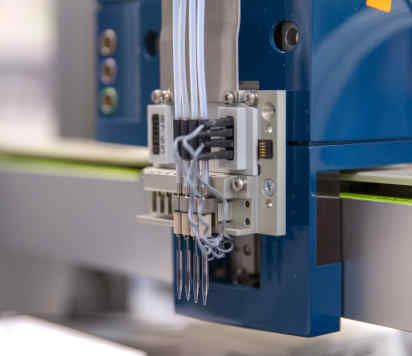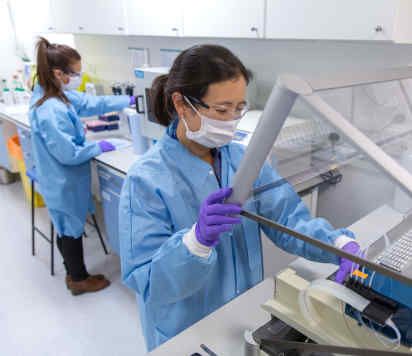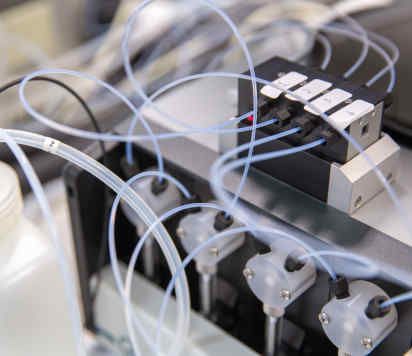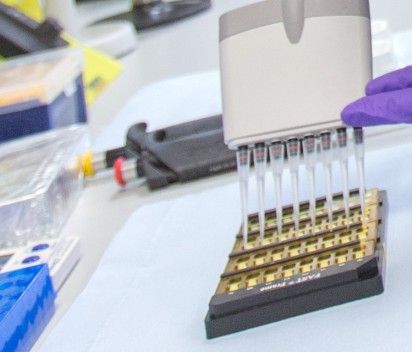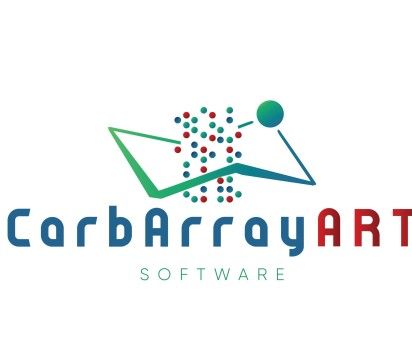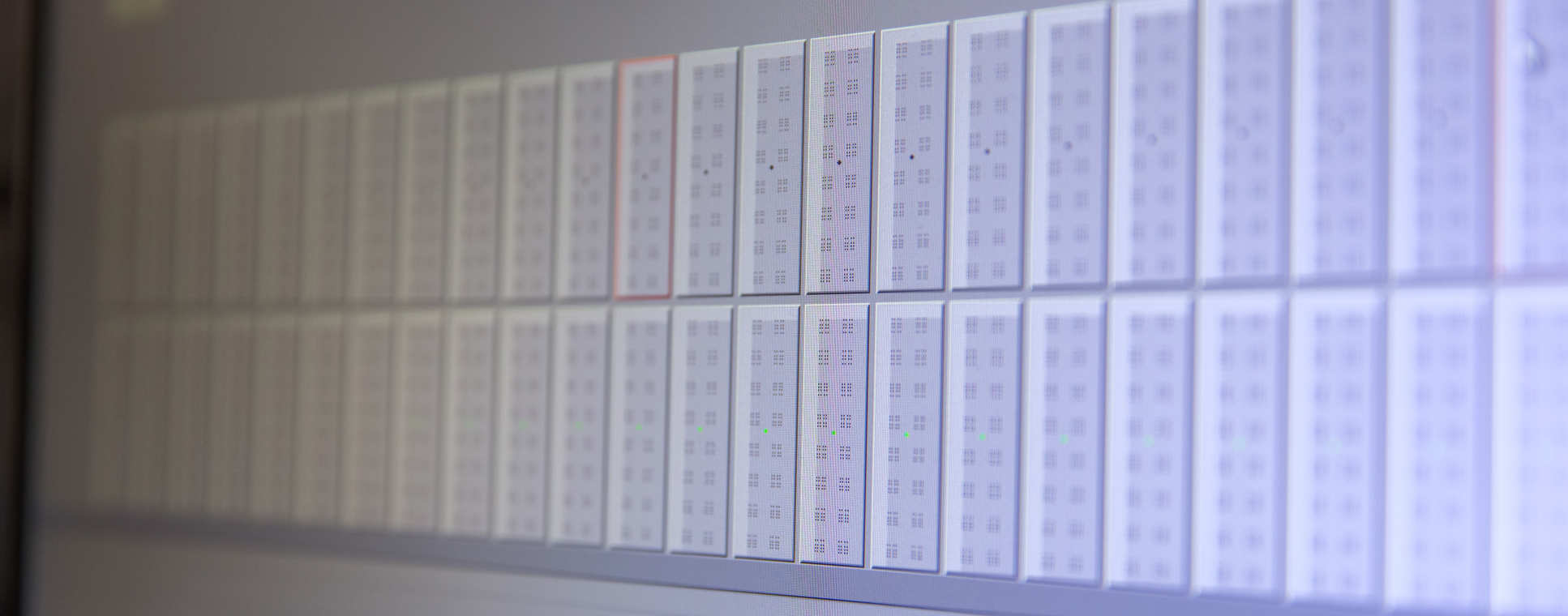
Search our glycan library
The microarray system contains oligosaccharide probes, natural and synthetic, encompassing sequences found on glycoproteins, glycolipids, and glycosaminoglycans, also those derived from glucan polysaccharides of fungi, bacteria and plants. Currently, these number approximately 830 sequence-defined probes and are increasing. A list of oligosaccharide probes is available via our online display and searching system.
Search our data sets
Microarray data from experiments that have been published are available at our online data sharing website. This website is under development and more data will be released continuously.
Software tools
We have developed software tools in support of our glycan microarray resource. These include a dedicated in-house microarray data storage and processing system (designed by Mark Stoll), and a more advanced system applicable to storage and processing data from multiple microarray formats, including dose-response experiments.
Encompassing these functionalities, we have been developing a new distributable software package called Carbohydrate micro-Array Analysis and Reporting Tool (CarbArrayART). One of the key features is the inclusion of metadata compliant with the glycan microarray guidelines of MIRAGE. Microarray laboratories have differing approaches for preparing glycan microarrays. CarbArrayART has been designed to cater for different array designs and file formats.
Emerging data formats
MIRAGE
The initiative MIRAGE (minimum information required for a glycomics experiment), supported by the Beilstein Institute, was founded at the Society for Glycobiology meeting in Seattle, Washington in November 2011 in order to develop guidelines for reporting the qualitative and quantitative results obtained by diverse types of glycomics analyses, including the conditions and techniques that were applied to prepare the glycans for analysis and generate the primary data along with the tools and parameters that were used to process and annotate this data.
Ten Feizi is on the Advisory Board and Yan Liu is a member of the committee of the MIRAGE project. They are among the lead authors of the MIRAGE Glycan Microarray Guidelines: https://www.beilstein-institut.de/en/projects/mirage/guidelines/#glycan_microarrays
For further information please see MIRAGE: the minimum information required for a glycomics experiment.
Data Exchange
We are implementing machine-readable methods, GlycoCT format (Herget et al. 2008) and GlyTouCan ID (Fujita et al. 2021), for storing glycan structural information and for sharing and exchanging glycan microarray data which can be downloaded in Excel format.
The first glycan microarray repository is being developed within GlyGen (York et al. 2020) with support from the NIH Glycoscience Common Fund. GlyGen is the computational and informatics resource for glycoscience to integrate data and knowledge from diverse disciplines relevant to glycobiology. Under development are new features, whereby CarbArrayART will serve as a vehicle for uploading and downloading data to and from the glycan microarray repository.
General enquiries
Carbohydrate microarray analyses
Professor Ten Feizi
t.feizi@imperial.ac.uk
+44 (0) 20 7594 7207
Dr Yan Liu
yan.liu2@imperial.ac.uk
+44 (0) 20 7594 2598
Dr Antonio Di Maio
a.di-maio@imperial.ac.uk
Carbohydrate structural analyses
Dr Wengang Chai
w.chai@imperial.ac.uk
+44 (0) 20 7594 2596
